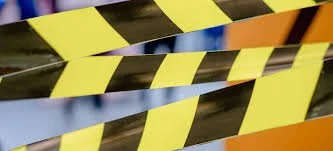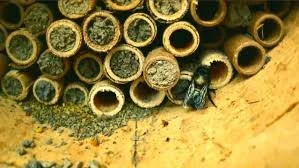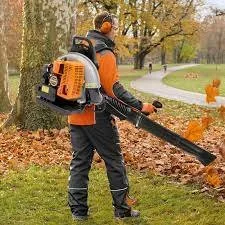Humans present special hazards to wildlife beyond their natural framework of producer/consumer, prey/predator, life and death struggles. We put our thumb on the scales, often without realizing how we are adversely impacting life around us.
It makes no sense to work at creating habitat and attracting wildlife to use our spaces then put them in danger through our less conscious actions. Here we call attention to the manmade hazards in hopes that we will all take steps to minimize the danger in our own property and share this mindfulness with others to the benefit of us all.
Whenever we offer manmade structures to wildlife for feeding and nesting we are risking concentrating animals and with them, the potential spread of disease or threat from opportunist predators. Here are some examples.
Power equipment such as lawnmowers, tillers, and string trimmers are a danger to snakes, turtles, baby rabbits, ground-nesting birds, toads/frogs, lizards and salamanders.
If you have ever participated in NestWatch or Project FeederWatch, your data may have informed the study summarized in How Noise Pollution Can Negatively Impact Bird Populations which finds that birds are
Second only to habitat loss, predation by domestic cats is the most important direct, human-caused threat to birds in the United States and Canada.
Window Collisions kill up to 1 billion birds each year following window collisions. Glass is invisible to birds. They perceive glass reflections of vegetation, landscapes, or sky to be real and they attempt to reach












Pesticides are usually chemicals (organic or not) that are designed to interrupt the normal lifecycle of its target species. When pesticides are sprayed on foliage or the ground they kill not only the target “pest” but